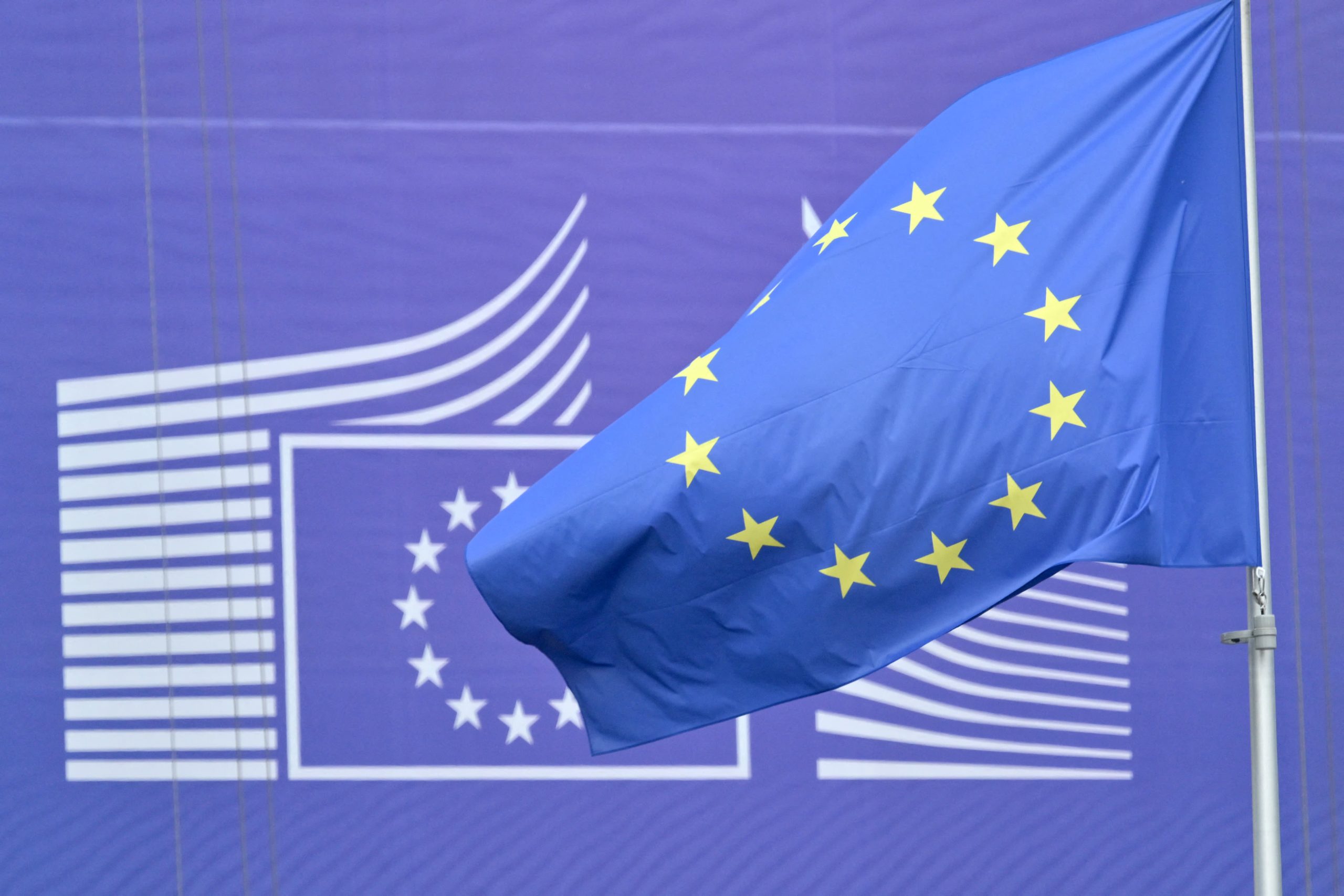
The Transatlantic Trade Tango: When Allies Become Rivals
Picture this: two economic heavyweights, the EU and the U.S., locked in a high-stakes trade tango—one misstep, and the global market wobbles. For decades, their relationship was the gold standard of commerce, with goods and capital flowing seamlessly across the Atlantic. But then came the tariffs. The Trump administration’s 2018 steel and aluminum duties (a “protective” move that somehow felt more like a punch) sparked a chain reaction of retaliatory measures, turning a once-stable partnership into a diplomatic crime scene. Seriously, dude, who knew trade policy could get this dramatic?
The Tariff Wars: A Game of Economic Chicken
June 1, 2018, marked the EU’s “enough is enough” moment. Filing a WTO complaint (DS548, for the trade nerds keeping score), Brussels called foul on U.S. tariffs, arguing they violated global trade rules. The EU’s countermove? Slapping $28 billion in duties on iconic American goods—bourbon, boats, and more—targeting industries with political clout. It was a masterclass in strategic retaliation: swift, proportionate, and designed to sting.
But here’s the twist: while both sides played hardball, their economies paid the price. Supply chains snarled, consumer costs spiked, and businesses scrambled to adapt. The EU’s unified front (26 out of 27 member states voted for tariffs) showed remarkable cohesion, yet the collateral damage was undeniable. Imagine a bourbon shortage in Kentucky or Harley-Davidson dealers sweating over export costs—this wasn’t just policy; it was personal.
The WTO: Referee or Bystander?
Enter the WTO, the supposed referee in this no-holds-barred match. The EU leaned heavily on its dispute settlement mechanism, challenging U.S. tariffs on cars and car parts as WTO violations. In 2025, the WTO greenlit EU retaliatory tariffs, giving Brussels legal cover to keep pressing Washington. But let’s be real: the system’s cracks are showing. With the U.S. skeptical of multilateralism and the WTO’s backlogged caseload, relying on it feels like trusting a slow-motion replay to settle a live brawl.
Still, the WTO’s role underscores a bigger truth: trade rules matter. Unilateral moves—like Trump’s tariffs or Biden’s “Buy American” push—risk unraveling decades of economic glue. The EU’s playbook? Use the system, but prep for chaos. As one Brussels insider quipped, “We’re not just holding a rulebook; we’re writing footnotes in real time.”
Geopolitics: The Elephant in the Room
Amid the sparring, there’s an unspoken third player: China. Both the EU and U.S. share concerns about Beijing’s economic clout, yet their trade spat diverts attention from the real rivalry. Picture two detectives squabbling over parking tickets while a bank heist unfolds next door. The EU’s balancing act—standing firm against U.S. tariffs while eyeing China—reveals the tightrope of modern trade diplomacy.
Politically, the tensions strain NATO buddies-turned-frenemies. Accusations of bad faith fly, but behind closed doors, both sides know they’re stuck in a dysfunctional dance. The EU’s mantra? “Unity over drama.” Even as tariffs bite, Brussels keeps channels open, betting that cooler heads (and market pressures) will eventually prevail.
—
The Bottom Line
This isn’t just about steel or bourbon—it’s a stress test for the rules-based order. The EU’s response—retaliatory tariffs, WTO appeals, and diplomatic grit—shows a bloc determined to defend its interests without torching the transatlantic bridge. Yet the lesson’s clear: in global trade, even allies keep score. The path forward? More dialogue, fewer dramatic gestures, and maybe, just maybe, a shared espresso to soothe the tension. Because in the end, nobody wins a trade war—except the lawyers.

